Our review of Final Fantasy Pixel Remaster, developed by Square Enix. Available now for Switch (reviewed), PS4, and Steam.
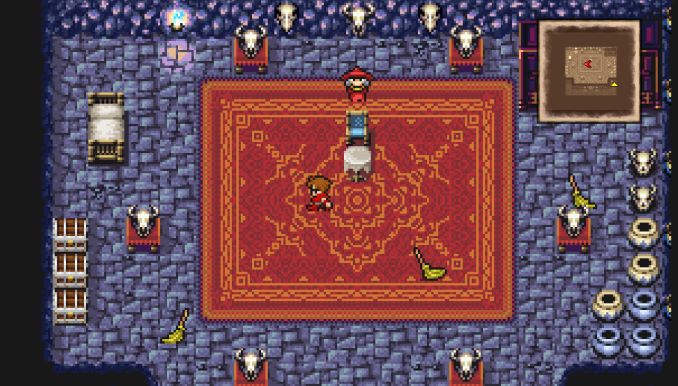
WHAT IS IT?
A remastered, refreshed collection of the first six Final Fantasy games.
IS IT GOOD?
It is almost pixel perfect.
WHO SHOULD PLAY IT?
Frankly, the folks at Square Enix should probably send this around to their colleagues to remind them what great JRPG design looks like. (Looking at you, FFVII Remake and Kingdom Hearts III.)
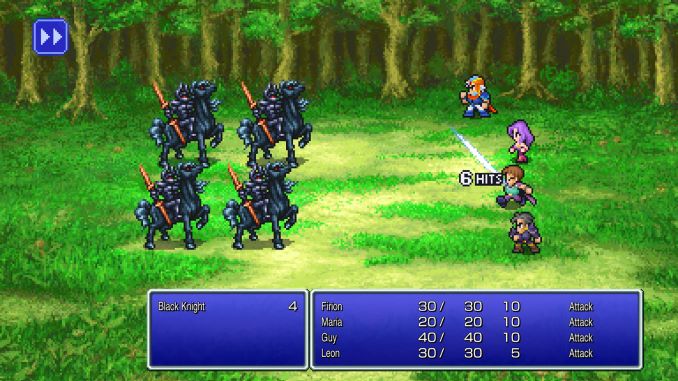
OPENING THEME
Which is the best Final Fantasy?
Which is the best Japanese Role-Playing Game?
For many, myself included, the answer to the first question is also the answer to the second.
Hence my particular delight at getting my hands on Square Enix’s brand-new Final Fantasy Pixel Remaster collection, which bundles together the recent, respectfully modernized reissues of the first six Final Fantasy games. Though I’ve played a handful of the later, 3D entries, this is my very first time sitting down to the original NES/SNES hexalogy.
Some of these – ahem, FFVI – remain widely revered as the apex of their genres – while others – sorry, O.G. FF – are perhaps more interesting as historical artifacts. That said, across-the-board quality-of-life improvements, including refined combat, better maps, and a very welcome quick-save system, go a long way to making even the most archaic of these games enjoyable for a modern audience.
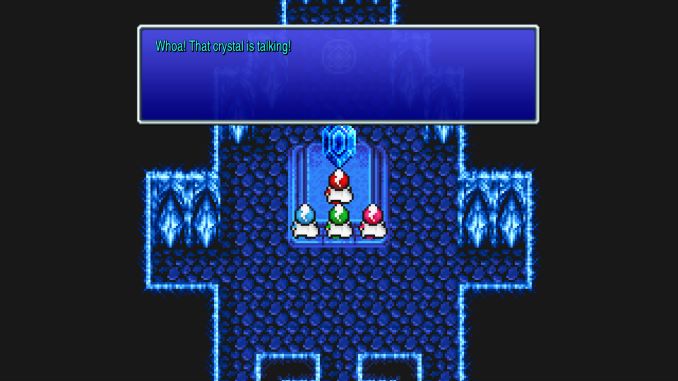
CASTLE PANDEMONIUM
For years, I was JRPG-averse. I thought all JRPGs were overwhelming, sprawling, world-ending melodramas featuring spiky haired protagonists and slow, turn-based combat. Then, I played Final Fantasy X, an overwhelming, sprawling, world-ending melodrama featuring a spiky haired protagonist and slow, turn-based combat.
And I loved it.
I cannot overstate how much I loved, and continue to love, FF X, and how much it single-handedly changed my perception of JRPGs. Without FF X, a game which proved that all the things I thought I would hate were actually the things that made the genre special, I doubt I would ever have played – and fallen in love with – the likes of Ōkami, Final Fantasy VII, EarthBound, or Studio Ghibli’s Ni No Kuni.
FFVII has since supplanted FF X as my all-time favourite JRPG, but I’ve long wondered about all the other FFs – there have been fifteen mainline games, alongside hundreds of spinoffs – which I’ve never experienced. Anyone who, like me, is curious about the classics definitely owes it to themselves to check out this Remaster collection.
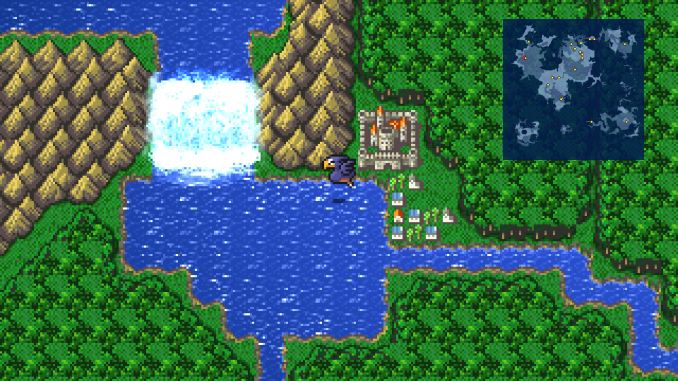
THE BOUNDLESS OCEAN
As we have not, reasonably, had the time to play through all six remasters, we thought it would be helpful to provide a brief overview of what to expect – and what to prioritize.
Final Fantasy (1987, NES): The original, the game its creator called “final” because he was convinced it would be the last game he ever worked on. Well, Sakaguchi-san, here we are thirty-six years later and your career is very much alive and well. To be honest, FF holds up relatively well once you factor in all the various Remaster improvements; it’s just that there’s nothing particularly special here that wasn’t done better in later games. Still, there’s nothing wrong with starting at the very beginning. It is, in the words of Dame Julie Andrews, a very good place to start.
Final Fantasy II (1988, NES): This is the one that introduced chocobos. Beyond that, it’s a bit of a placeholder until the slightly more intriguing FF III. That said, both II and III did not receive English localizations until the early 2000s, so completionists may want to check this out.
Final Fantasy III (1990, NES): It introduced the “job system”, and it brought moogles into the FF world. But it will also live forever in the shadow of FF V, which improved on nearly all of FF III‘s elements in satisfying ways.
Final Fantasy IV (1991, SNES): The first 16-bit FF, the fourth entry is probably the one most gamers will check out first. All due respect to its 8-bit predecessors, but the initial trilogy is just a tad too outmoded, a tad too dull-looking, for all but the biggest JPRG diehards. FF IV, on the other hand, is bright and beautiful, and more importantly it’s the game that single-handedly invented the modern Final Fantasy, with its “Active Time Battle” system.
Final Fantasy V (1992, SNES): The widely used “job system” reaches its pinnacle in this second of the 16-bit entries. Though “jobs” originated in FF III and would arguably improve in later entries, there’s still something special about V‘s wildly customizable system which lets players dip in and out of classes – Thief, White Mage, etc. – at will. A JRPG that does not restrict you based on your initial character/class choices will forever be a JPRG worth admiring.
Final Fantasy VI (1994, SNES): This is the game which many consider the peak of 2D FF, if not the series as a whole. It is, therefore, the game I was most excited about finally playing, some thirty years after its original release (confusingly branded Final Fantasy III when it first reached North American shores). After FF VI, there came a little something called Final Fantasy VII, which would change video games forever; FF VI is the entry that many diehards will insist has been unjustifiably overshadowed.
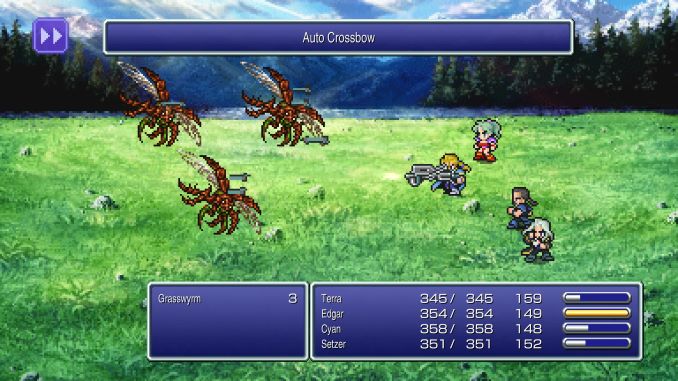
AHEAD ON OUR WAY
As I’ve written before, the truly great remasters are those that resemble the game as it lives in your memory, not necessarily the game as it actually was.
And so, with the Pixel Remaster collection: updated, cleaner graphics which, if you actually dug the SNES out of the back of your closet, you’d be disappointed to discover were not quite so clean back in the day. Similarly, gameplay has been universally improved across all six games, such that the things we had patience for then (infrequent saves, random difficulty spikes, clumsy interface) aren’t barriers to enjoyment now.
Fans will also be relieved to hear that, despite a re-recorded orchestral soundtrack (lovely in its own way), it’s possible to switch over to the glorious 16-bit chiptunes of the originals. Ditto switching between different fonts to find the one that best suits you. Nearly everything you think you remember liking from the originals has either been overhauled or outright replaced, in a way that makes the games as playable as you “remember” them.
That said, some changes may prove controversial with purists, beginning with the ability to artificially inflate your XP and in-game currency, making for a more reasonable difficulty level. While this does, admittedly, undermine some of the challenge of the originals, I, for one, am immensely grateful for such changes. Coupled with the new ability to set characters to auto-battle, the remasters go a long way to overcoming the irritating “grind” that has plagued so much of the JRPG genre. I don’t know about the rest of you, but I no longer have any patience for grinding out hundreds of hours battling the same low-level enemies in order to make any progress.
Mildly controversial tweaks aside, there’s little doubt that these pixel remasters now represent the definitive versions of some of the most important video games ever made. While it’s too soon for me to say whether FF VII or FF X will be toppled from their place on my personal ranking of the best JRPGs, I’m excited to find out.
***
Final score: 9/10 chocobos.
Visit the official website for the Final Fantasy Pixel Remaster Collection here.



